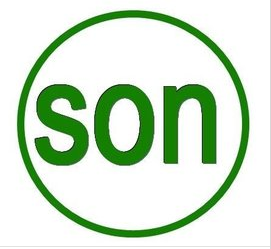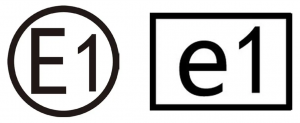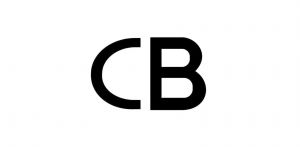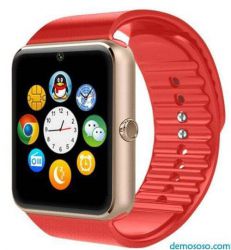Eu 2.4G products CE-RED directive interpretation
In February this year, the European Union has fully announced the RED directive standards for 2.4G products (WIFI, BT, ZigBee), and the majority of manufacturers can now begin to apply for RED NB certificates!
What is the difference between the new directive and the old directive?
CE-RTTE directive standards are as follows:
EMC: ETSI EN301489-1 V1.9.2; ETSI EN301489-17V2.2.1
RF: ETSI EN300328 V1.9.1
SAR: ETSI EN62479
LVD: ETSI EN60950/EN60065
CE-RED directive standards are as follows:
EMC: ETSI EN301489-1 V2.1.1; ETSI EN301489-17V3.1.1
RF: ETSI EN300328 V2.1.1
SAR: ETSI EN62479
LVD: ETSI EN60950/EN60065
From the standard point of view, the EMC and RF test standards in the RED Directive have been updated, from the standard test content, EN 300328 V2.1.1 test is more stringent than V1.9.1 test, whether it is limited or test method, remind the majority of manufacturers need to consider more technical specifications in the product development stage to meet the later product certification standards;
What are the differences between the V2.1.1(RED) and V1.9.1(R&TTE) versions of the standard?
After the release of EN300328 V2.1.1, we also made the following differences with the V1.9.1 standard that is now being applied.
1, the version of the regulation corresponding to the directive is different: V1.9.1 is R&TTE (1995/5/EC)/ New V2.1.1 is RED (2014/53/EU);
2. The receiver frequency band is defined as 2400-2483.5MHz;
3, adaptive test requirements;
a, definition (TL) can be corrected with the gain (G) of the (receiving) antenna assembly, however the beamforming gain (Y) should not be considered.
b. Change TL calculation formula TL = -70 dBm/MHz + 10 x log10 (100mW/Pout).
c, Section 5.4.6.2.1.2 Adaptive Frequency hopping devices using DAA and Section 5.4.6.2.1.3 Non-LBt-based adaptive devices using non-FHSS modulation for systems using only multiple receiving chains One link (antenna port) needs to be tested and all other receiver inputs should be terminated.
4, the receive blocking test in the V1.9.1 version of the frequency hopping and non-frequency modulation technology of the receive blocking only one requirement, the new version distinguishes three types of different requirements;
5. The power spectrum density divides the product into two definitions, Option 1 and Option 2, and changes the scanning time;
6. Clearly define ERP/EIRP differences for RSE in two modes of TX/RX RF reception; Limit E.R.P to radio frequencies below 1GHz; E.I.R.P is radio frequency above 1 GHz;
7, frequency hopping interval test:
a. In 5.4.5.2.1.2 Option 1 Step 1, the scanning time is changed from 1s to automatic.
b. For 5.4.5.2.1.2 Option 1, the requirement of frequency-hopping interval in Step 3 is changed from -20 dBc ChannelBandwidth to Occupied ChannelBandwidth.
c. In 5.4.5.2.1.3 Option 2 Step 1, the detection mode is changed from RMS to Max Peak, and the scanning time is changed from 1s to automatic.
8, receiver blocking, this test item is the most obvious change in the V2.1.1 standard test item, in V1.8.1 and V1.9.1 standards stipulate that only adaptive devices and e.i.r.p. Only devices greater than 10dBm need to do receiver blocking tests, and in the V2.1.1 version of the standard to enforce the test, the definition is completely different, the limits have become more stringent, but also increased the type of receiver.
Test requirements:
After adding the test method specified in the standard and the corresponding blocking signal, the receiver packet error rate (PER) is less than or equal to 10%, the manufacturer can also declare an alternative performance standard, but must meet the intended use requirements of the product.
When testing, it is necessary to add different frequency and power blocking signals according to different receiver types and meet the requirement of PER less than 10%.
Third, when can the 2.4G products CE-RTTE directive be used?
When the European Union published the latest CE-RED Directive in June 2016, it was clearly stated that the CE-RTTE directive expired in June 2017
4, 2.4G products apply for CE-RED test but what to do?
Because the latest CE-RED directive 300328 V2.1.1 requires the reception test is very strict, basically most of the product tests will fail (unless we are pure transmission products, without receiving).
Our laboratory instruments have been able to meet the test V2.1.1, you can come to our company while testing rectification.

 English
English
 中文
中文









